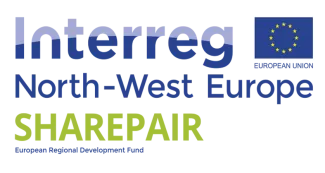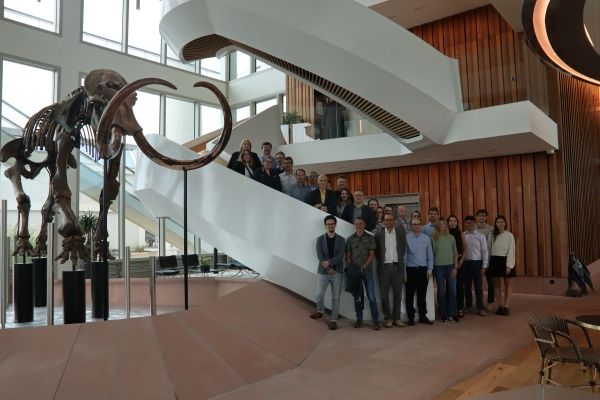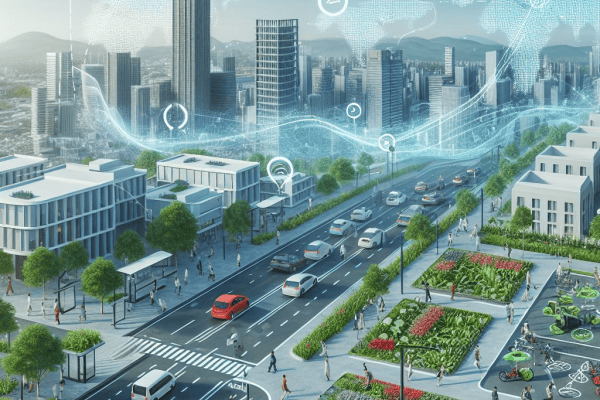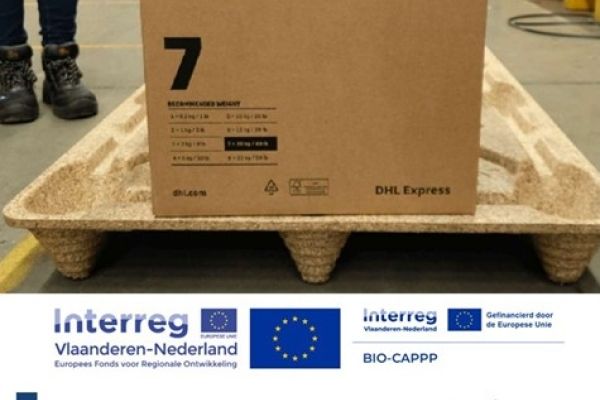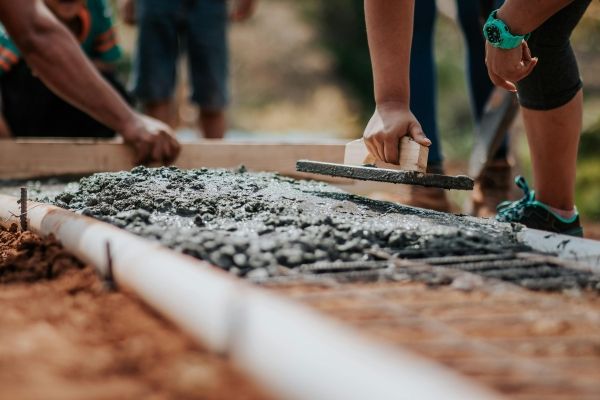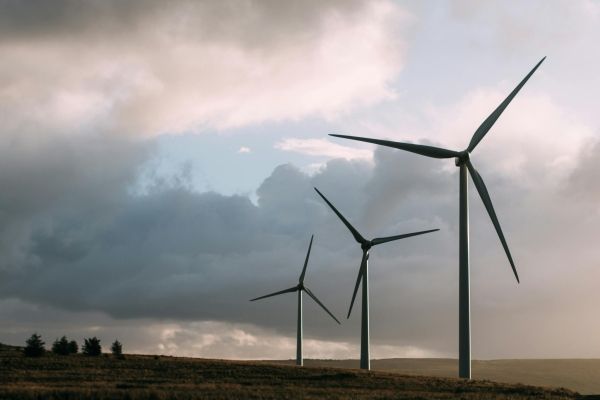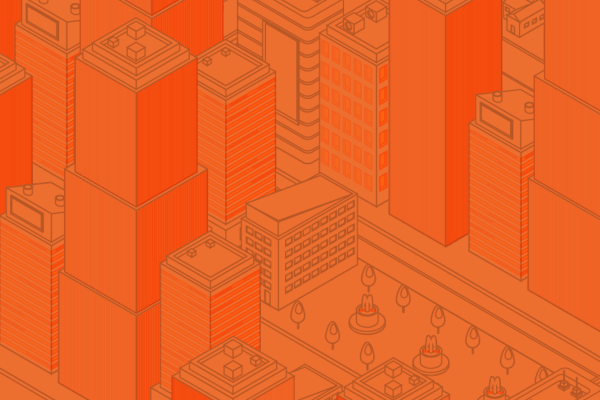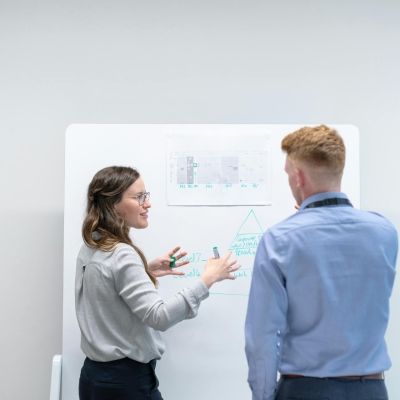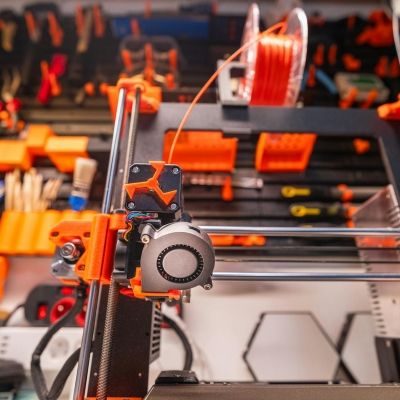Digital support for the repair economy
When a domestic appliance breaks down, it usually ends up at the local waste depot. Yet, this ‘disposal economy’ has a large environmental impact. That’s why more people are keen to mend or get their appliances repaired, yet all kinds of obstacles still stand in their way. A digital infrastructure can help them succeed. The step towards such an infrastructure has been investigated in the Sharepair project, which concluded recently. VITO, together with the partners, developed the online tools in this system to encourage and facilitate repairs.
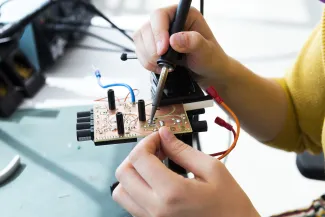
An average household in Belgium has as many as 95 electronic devices at home. Naturally, these all break down at some time or another, and since repairs are often tricky and expensive, we (too) often simply replace them with a new one. Of course that is anything but sustainable, and when you consider the ever-increasing waste stream of dumped electrical and electronic apparatus, the impact on the environment is only growing.
Yet something else that has also been growing in recent years, certainly in North-West Europe, is people’s awareness and conviction that this simply cannot continue. More and more people are taking action. This has led to a true ‘repair movement’, which promotes and facilitates the repair of appliances. The most visible activities in this civil movement are probably Repair Cafés, which are popping up more and more in cities and municipalities, including Flanders. These are pleasant gatherings, where people get together to repair broken items and offer a helping hand.
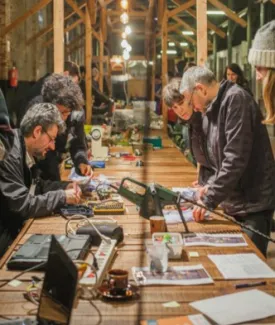
Shaping a circular repair economy
Despite the growing popularity of Repair Cafés and similar initiatives, the impact remains rather limited. To such an extent that it cannot be called a flourishing ‘repair economy’. That is due to several obstacles that prevent people’s good intentions from leading to a significant change of behaviour, in which many choose to repair defective devices rather than throwing them away and buying a new one. These days, it is much harder to repair appliances yourself than it was in the past. Replacement parts are not always available and they are also expensive. And what’s also costly is the professional repairer, certainly when they have to come to you – and assuming they are even able to help. ‘These obstacles are typical of the business model for electrical appliance manufacturers, who work largely with companies in low-wage countries,’ says Jan Larosse from Maakbaar Leuven, an association of volunteers in this Brabant city, working on a circular repair economy, and also supporting Repair Cafés. ‘This business model is very linear and depends on fast replacement. For instance, this is done by equipping appliances with trendy gadgets, but also by working with cheaper materials and creating unnecessary variants. And of course, repairs are made more difficult on purpose, also for professional repairers. For example, access to technical details about defects is very difficult or components are glued. The repair movement is the only one prepared to share such information at present.’
From a disposable to a repair economy. That’s the path we must follow in Flanders and Europe, according to the repair movement. Their opinions are being heard by the Flemish and Belgian Governments and the European Commission, all of whom have strong ambitions when it comes to the circular economy. The repair economy is specifically mentioned in the European Green Deal as part of a sustainable economy. Another of Europe’s big ambitions is digitalisation. And this is an extremely important lever in realising the repair economy.
Online tools
Stimulating and facilitating the repair of electric domestic appliances with the introduction of new digital tools is the core of the Interreg Sharepair project. This project, which began in 2019 and will end mid-2023, aims to scale up and enhance existing civil initiatives. For instance, by setting up a collaboration with cities and consumer associations, and by gathering repair solutions and making them easily accessible to citizens by means of digital tools, of which three in particular. VITO was involved in developing these online tools. ‘One tool, ‘Repair Maps’ maps out all kinds of existing initiatives in North-West Europe, including professional repair points and Repair Cafés, allowing citizens to find them easily online,’ says Yoko Dams from VITO. The four ‘pilot cities’ taking part in the project – Leuven, Louvain-la-Neuve, Roeselare and Apeldoorn in the Netherlands – have gone one step further. They were each given their own platform with a map, data about impact, a calendar, etc. After the project, other cities and municipalities can also join in and put their repair networks on the map. ‘There is considerable interest. Over fifty organisations have already registered for a webinar or requested more information through other channels.’
The second tool, ‘Repair Connects’, facilitates the matchmaking between citizens and repairers, whether or not professionals. Finally, the third tool, ‘Repair Guidance’, helps citizens and repairers to identify a defect and guides them through the repair process, using tutorials, etc. This tool is also linked to a comparison platform (Repair guide) from Test Aankoop.
The Repair Guidance tool also includes a calculation module. For example, users can calculate the difference in environmental impact between the repair and disposal scenario: for instance, the difference between repairing a vacuum cleaner that will then last a few more years and replacing it with a new one. This calculation module was made by VITO, together with the calculation of the total environmental impact avoided thanks to Sharepair activities. In this way, VITO actually worked further on an evaluation method for repairability of domestic appliances developed in partnership with KU Leuven back in 2018. The bottom line is that repairs are always better for the environment. The exceptions are, for instance, highly energy-intensive appliances for which a significantly more economical alternative exists.
Dams: ‘These tools give people tailored advice based on their input about a defective appliance.’ The Repair Guidance tool is based on a large (and ever increasing) database of repair information, collected by the repair movement and companies that are prepared to share their data. ‘The tools are still prototypes, but by developing them into a giant platform and making them mainstream, we can really make a difference.’ Furthermore, as part of a VLOCA process³, VITO has also defined a long-term strategy for this future, strongly data-driven platform.
The Sharepair project can be seen as a first step in a digital infrastructure to support the repair of appliances – independently, in a group e.g. a Repair Café or with professional help. This infrastructure has a place not only for citizens and organisations from the social economy (such as second-hand stores), but for businesses too. After all, many domestic appliance distributors are keen to respond to their customers’ changing demands. They can do so by offering repair services, or by labelling their appliances according to repairability. ‘In France such labelling already exists,’ says Larosse. ‘If this is also implemented in the rest of Europe then appliance manufacturers will get the message loud and clear, namely that people want appliances that can be repaired.’
Meanwhile, organisations like Maakbaar Leuven and also Repair&Share (formerly Netwerk Bewust Verbruiken) and Herwin (the association of social circular enterprises, including De Kringwinkels) are continuing to develop the repair economy. In a new project (‘Herstel eerst’) in which VITO is also a partner, these organisations will be setting up easily accessible diagnosis and repair points in Flanders in the coming years, aimed at giving citizens even easier access to the repair economy.
Recently, the European Commission presented a new proposal requiring manufacturers to repair their products when requested by customers. In this proposal, the Commission wants to oblige member states to provide an online platform where consumers can find information on where to go for repairs. This is exactly what has happened in the Interreg NWE Sharepair project. When searching for their own region on the Repair Map, users can immediately see who offers a repair service nearby or where and when a Repair Café is taking place. Both professionals and handy DIYers can showcase themselves on the site.
